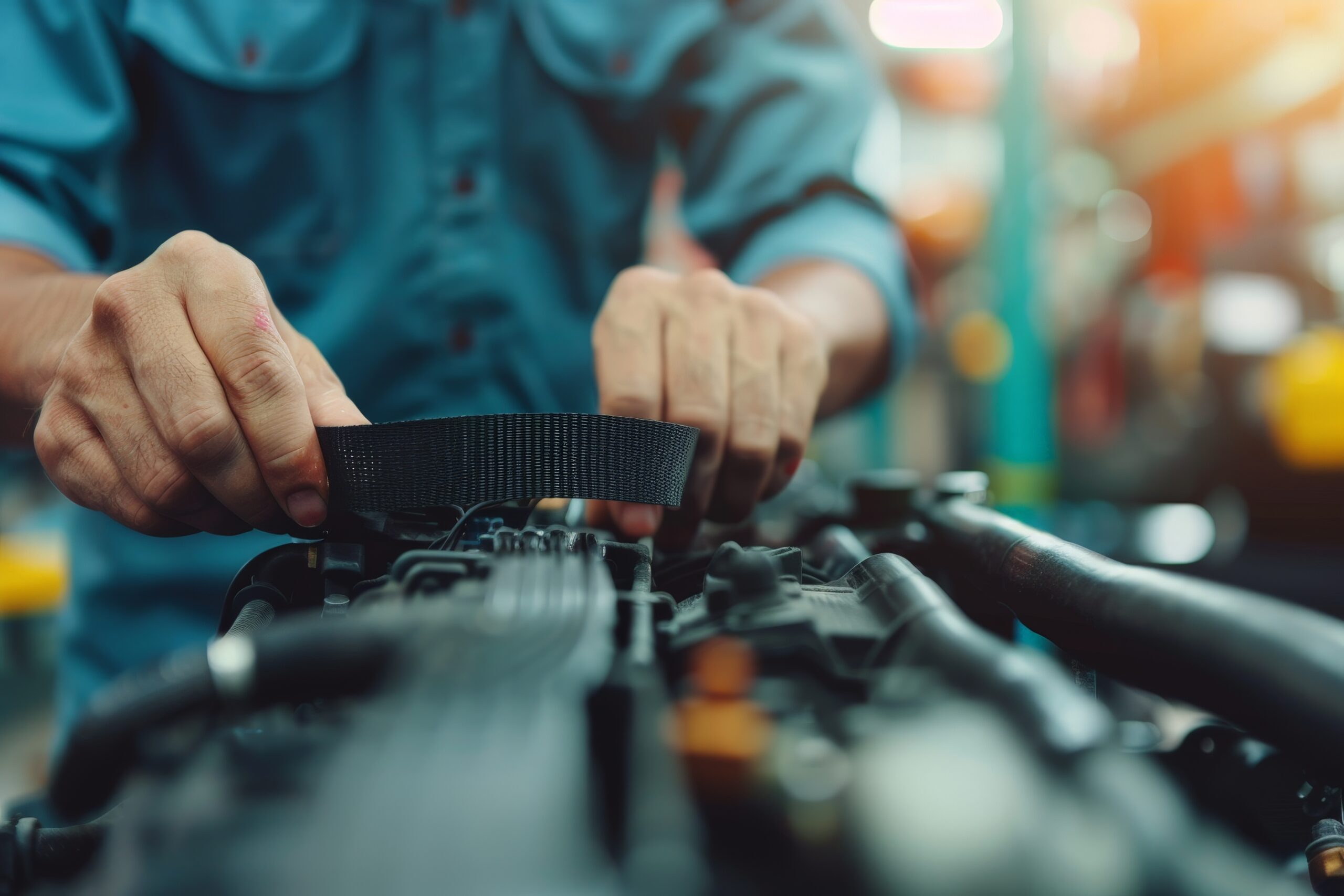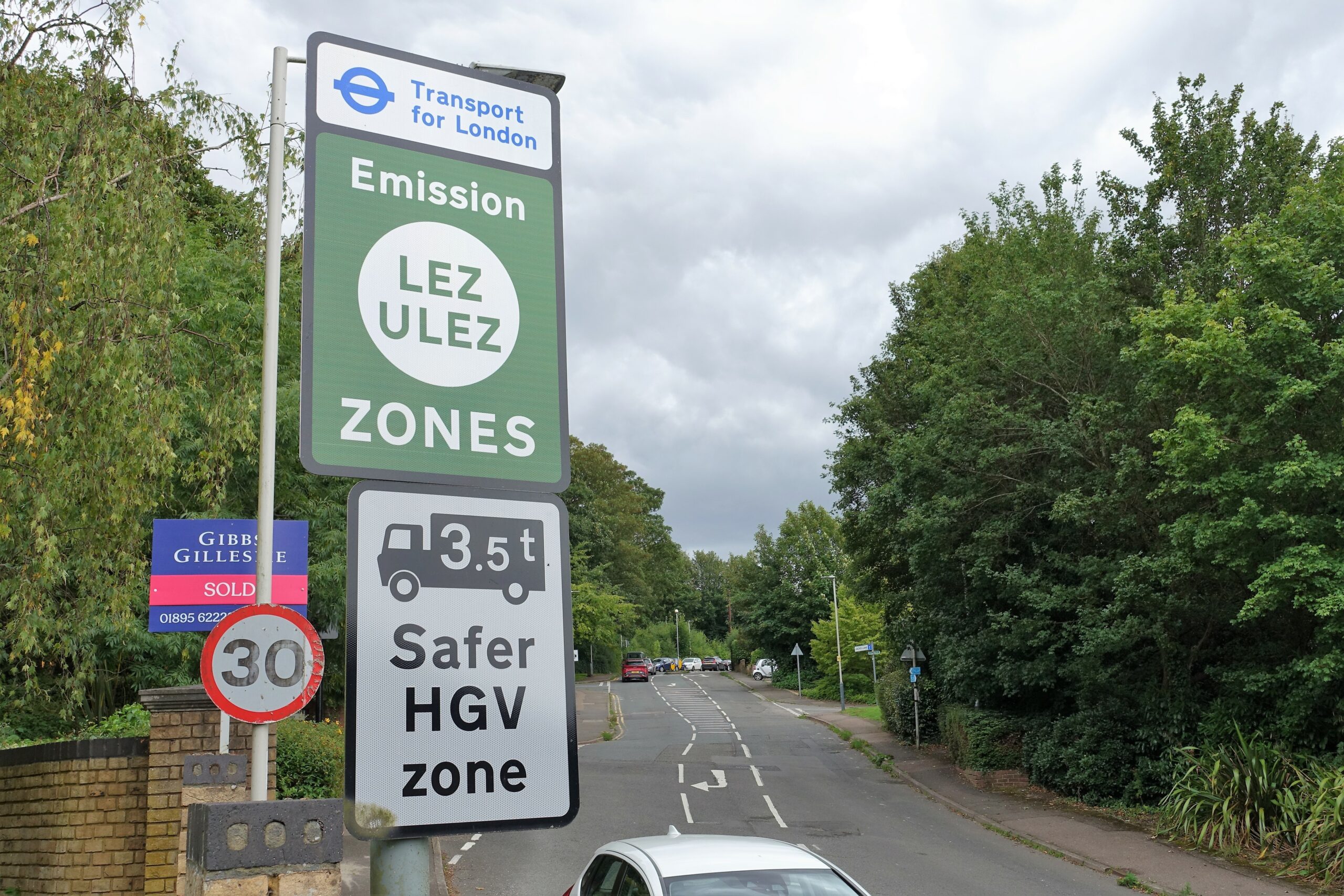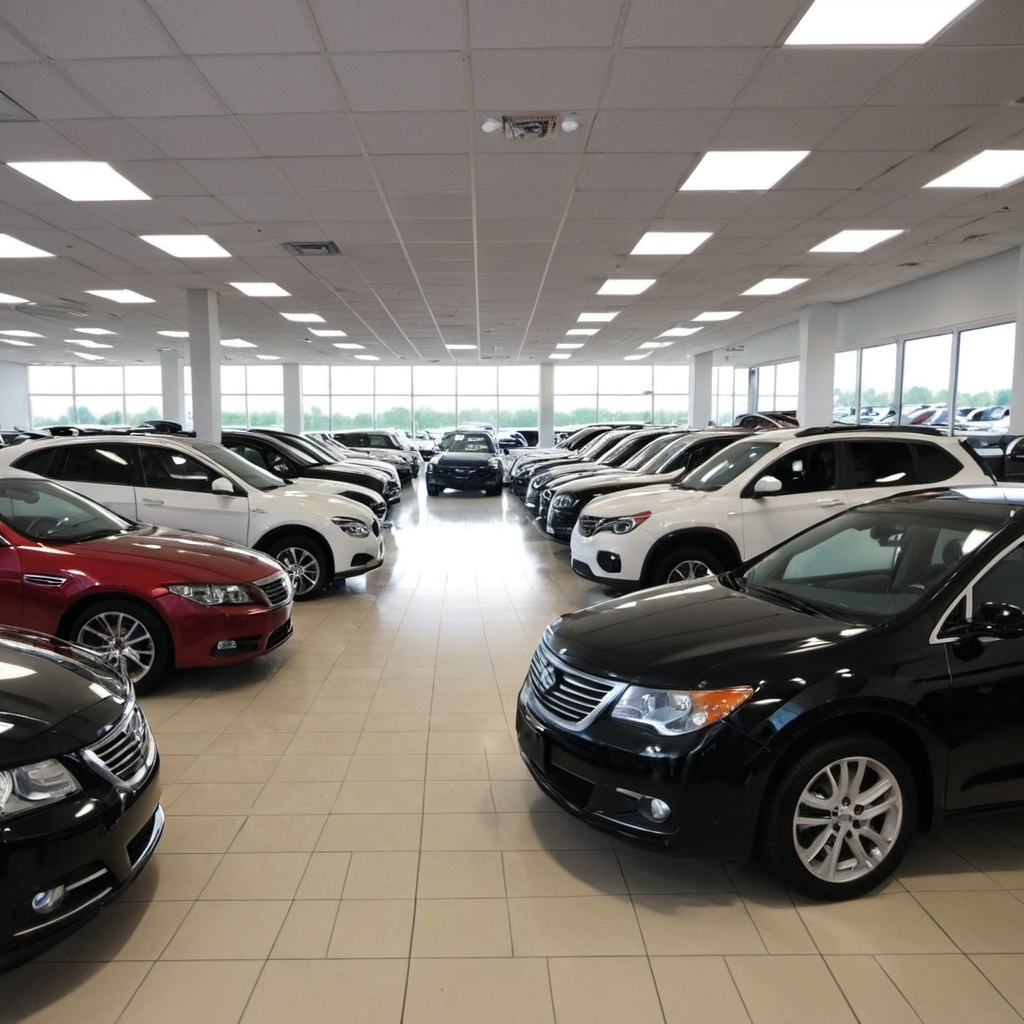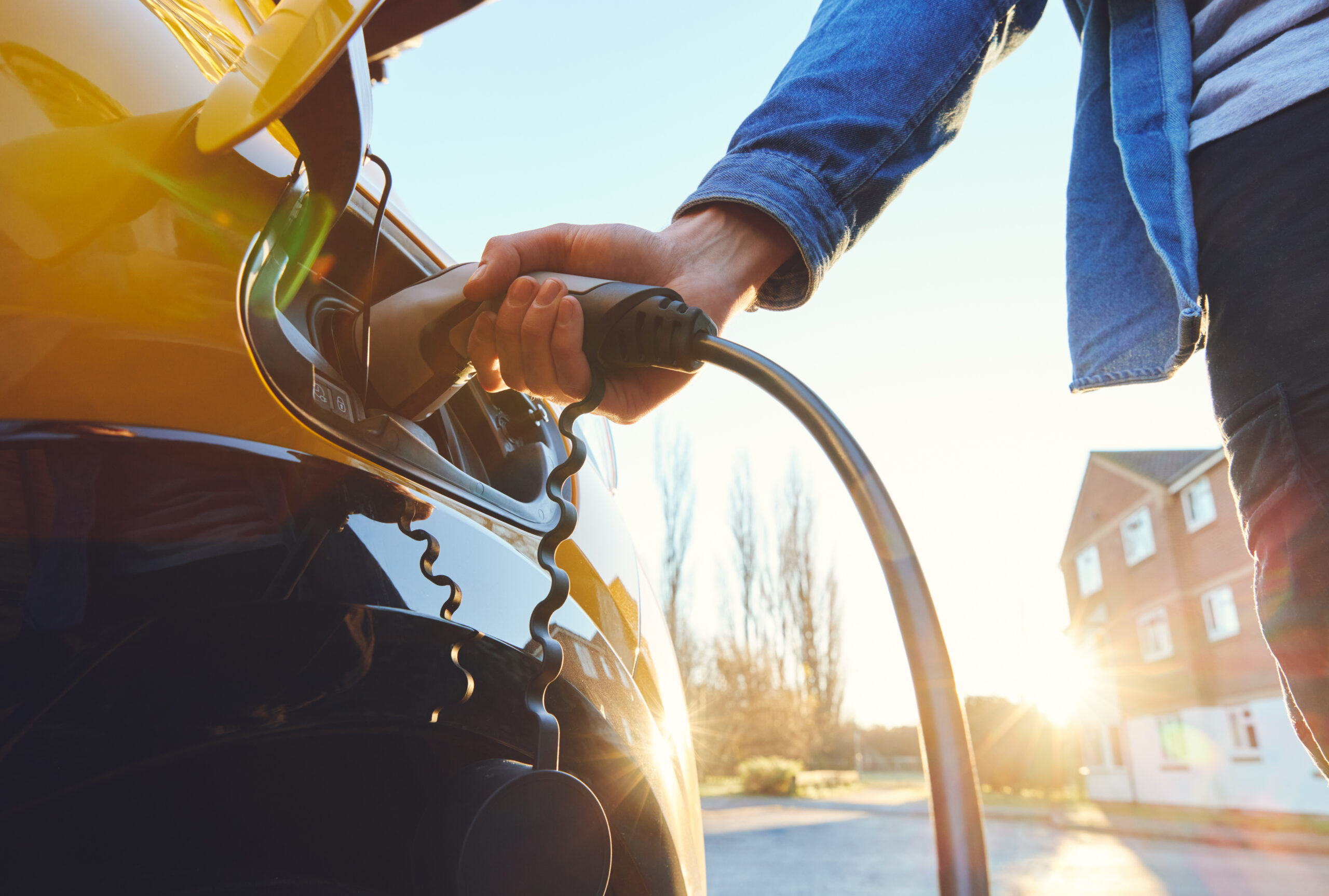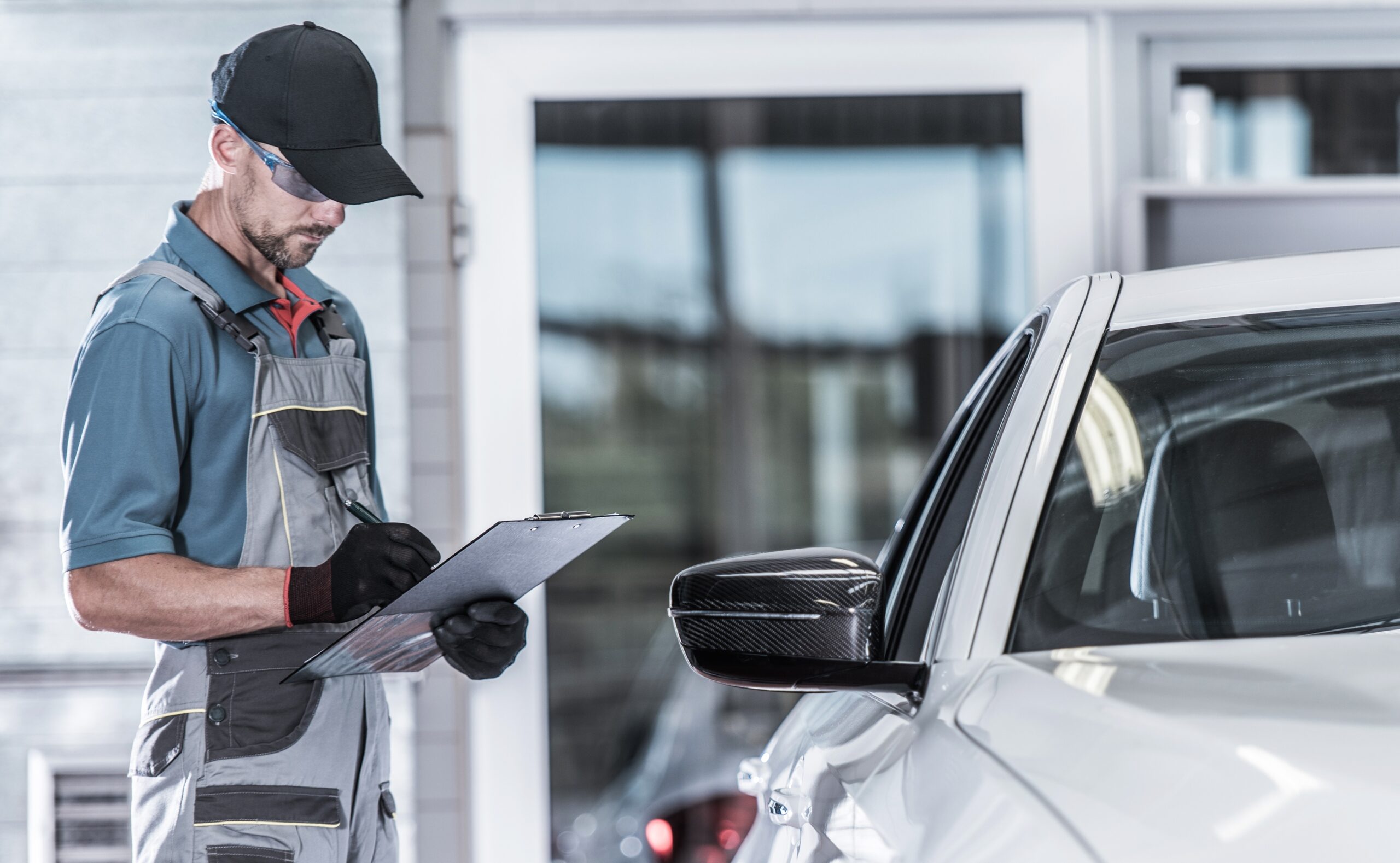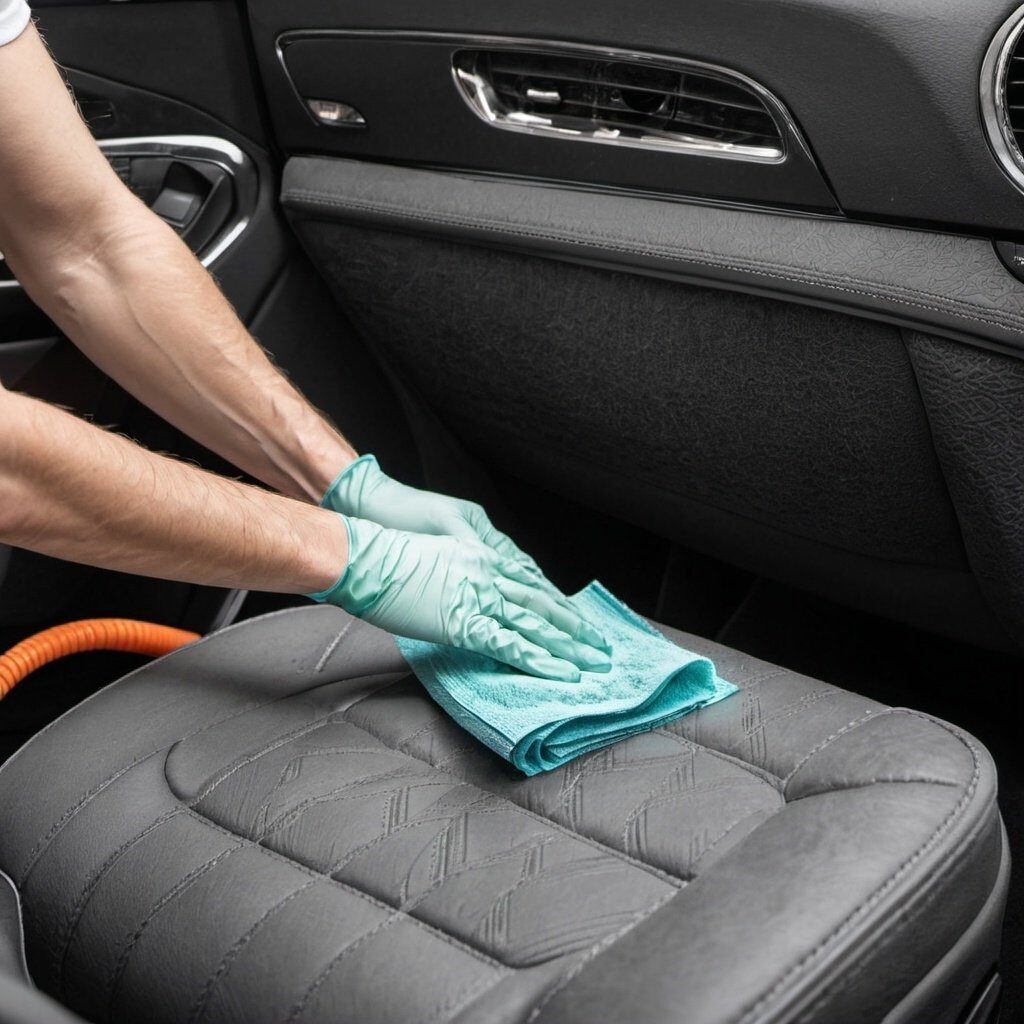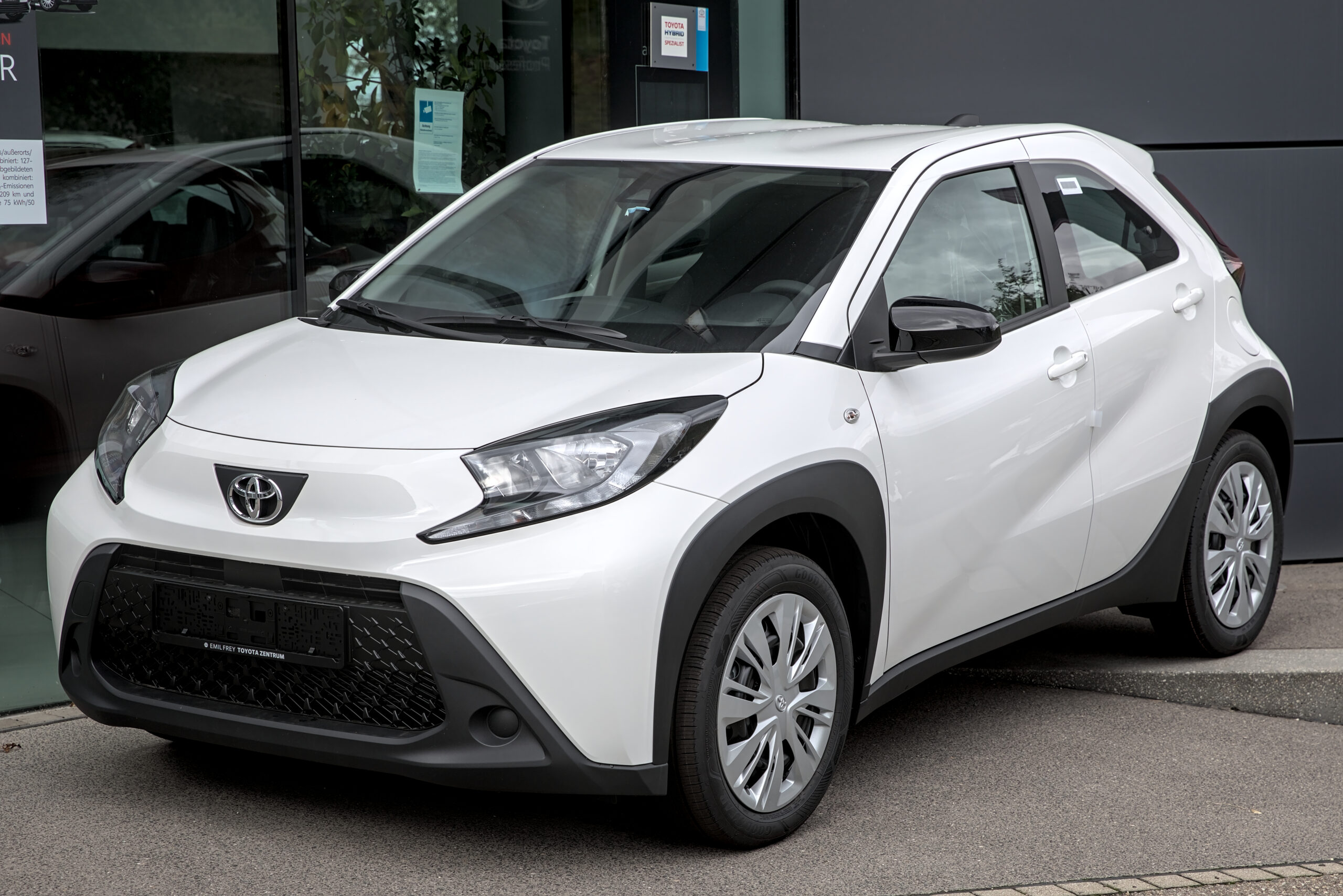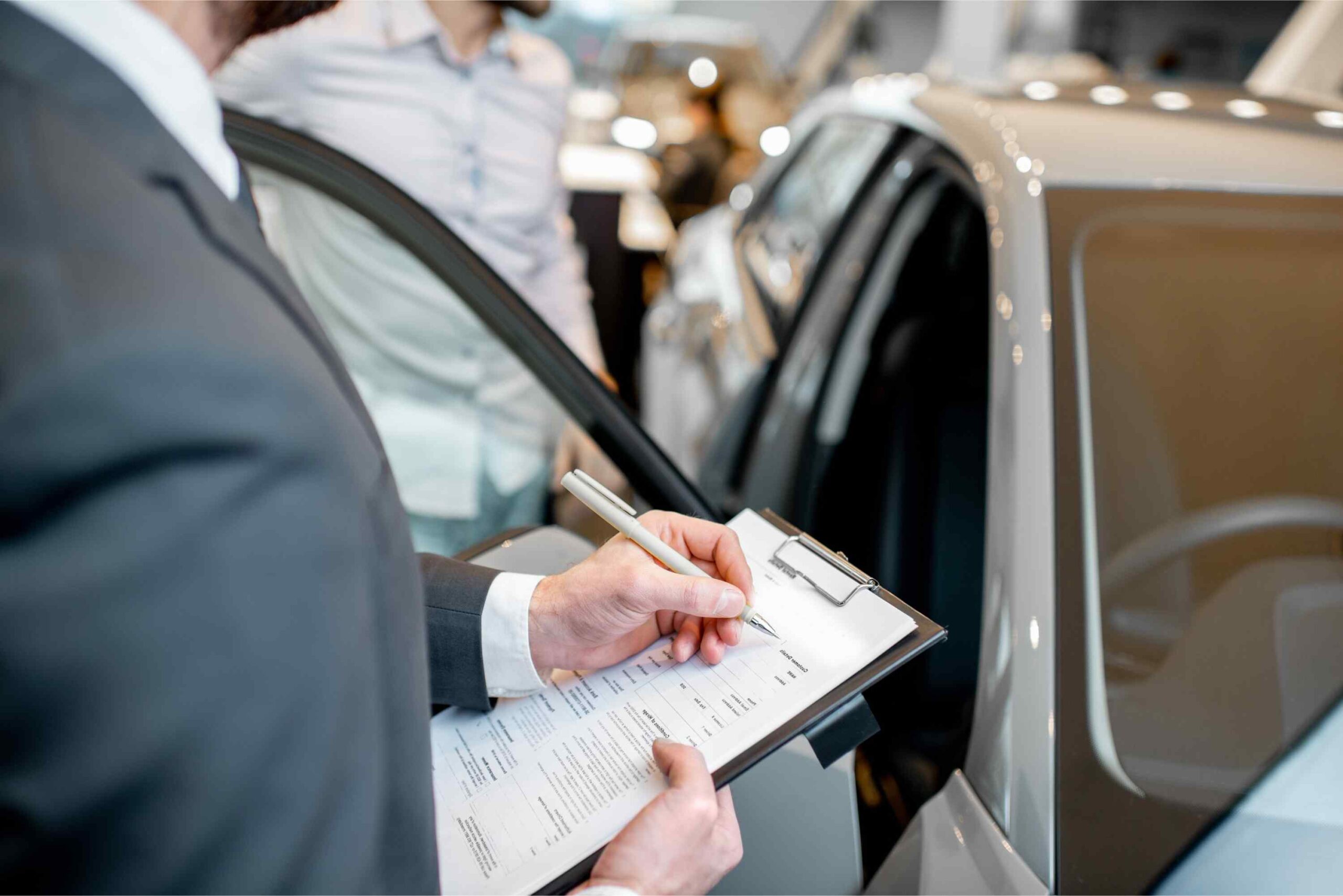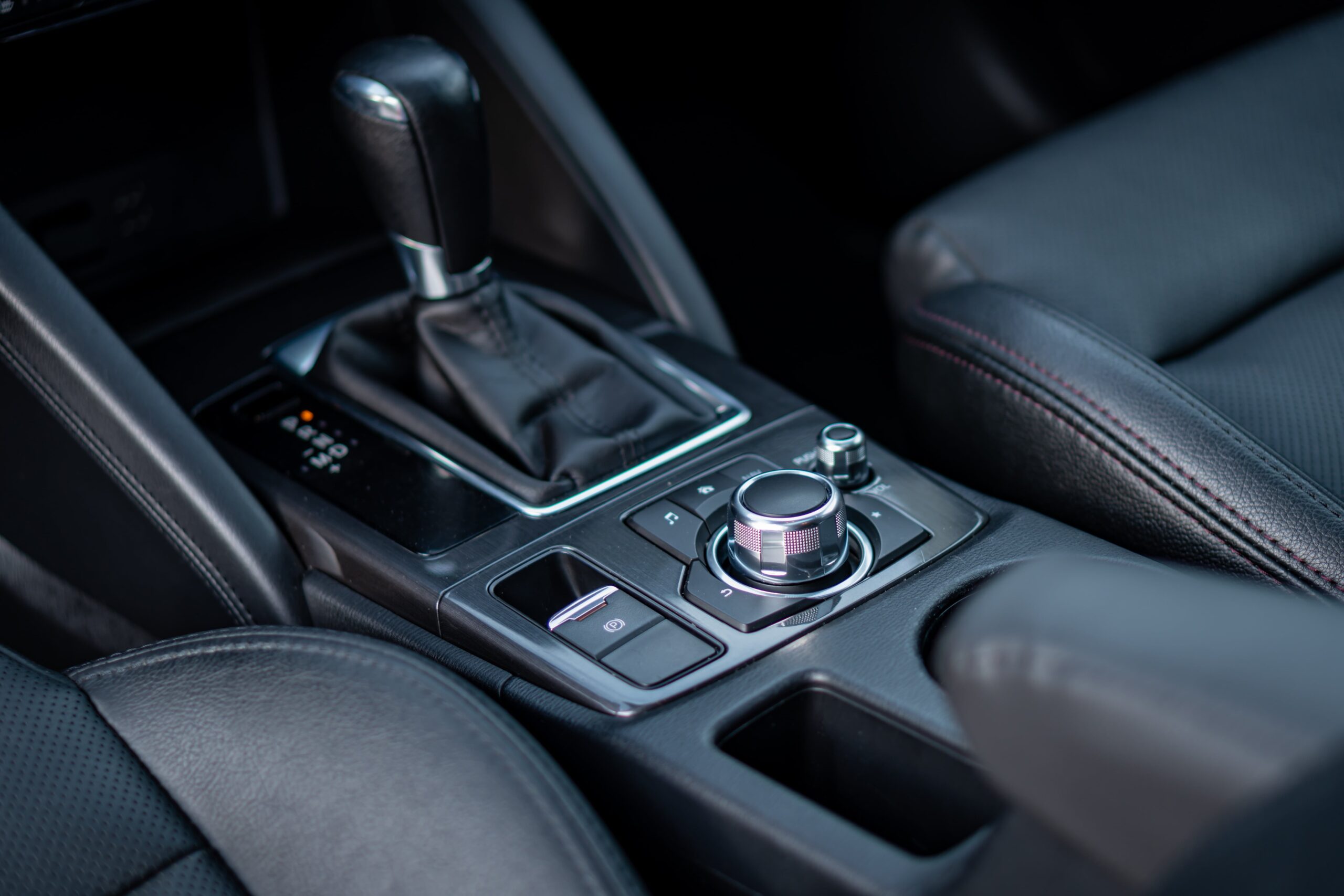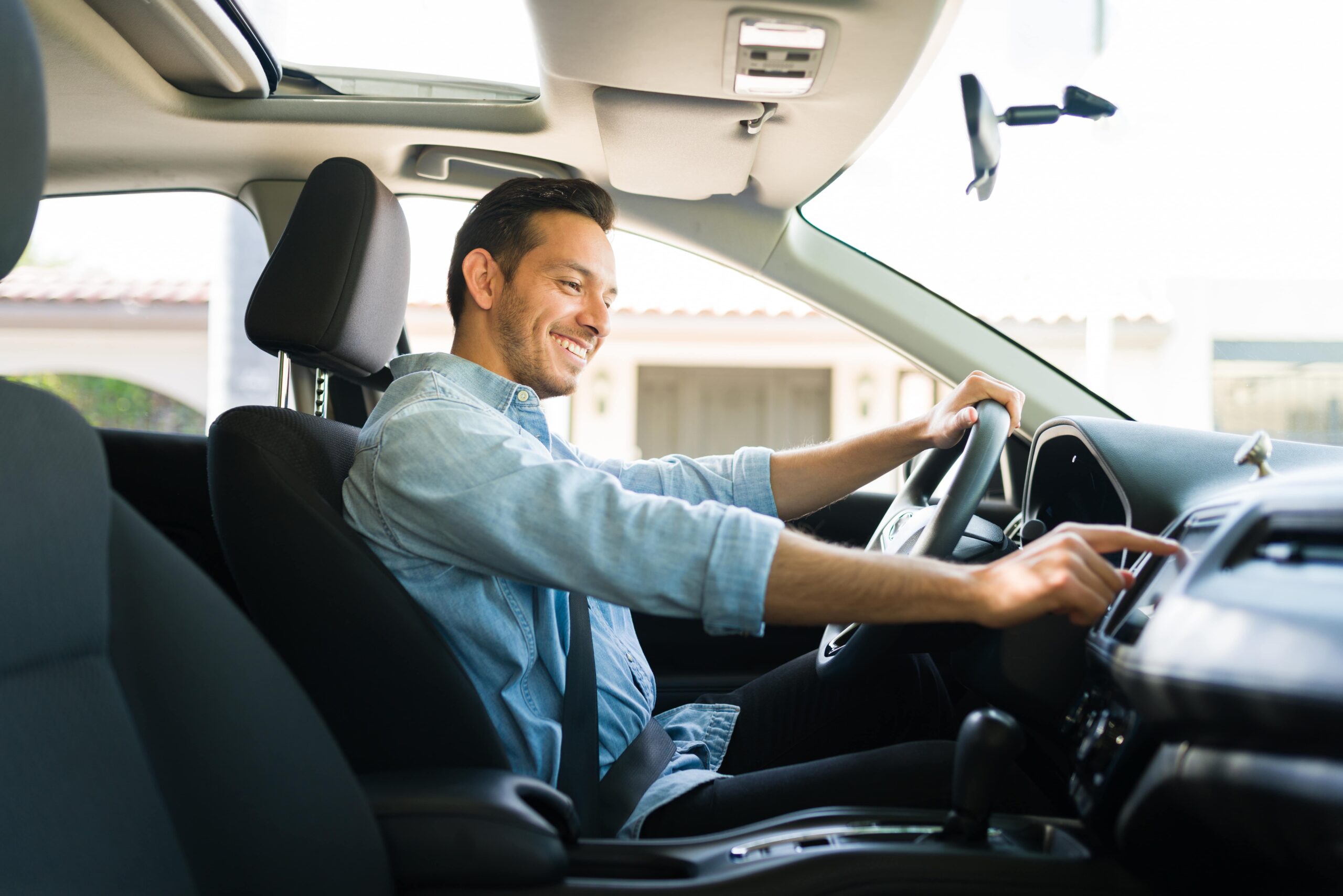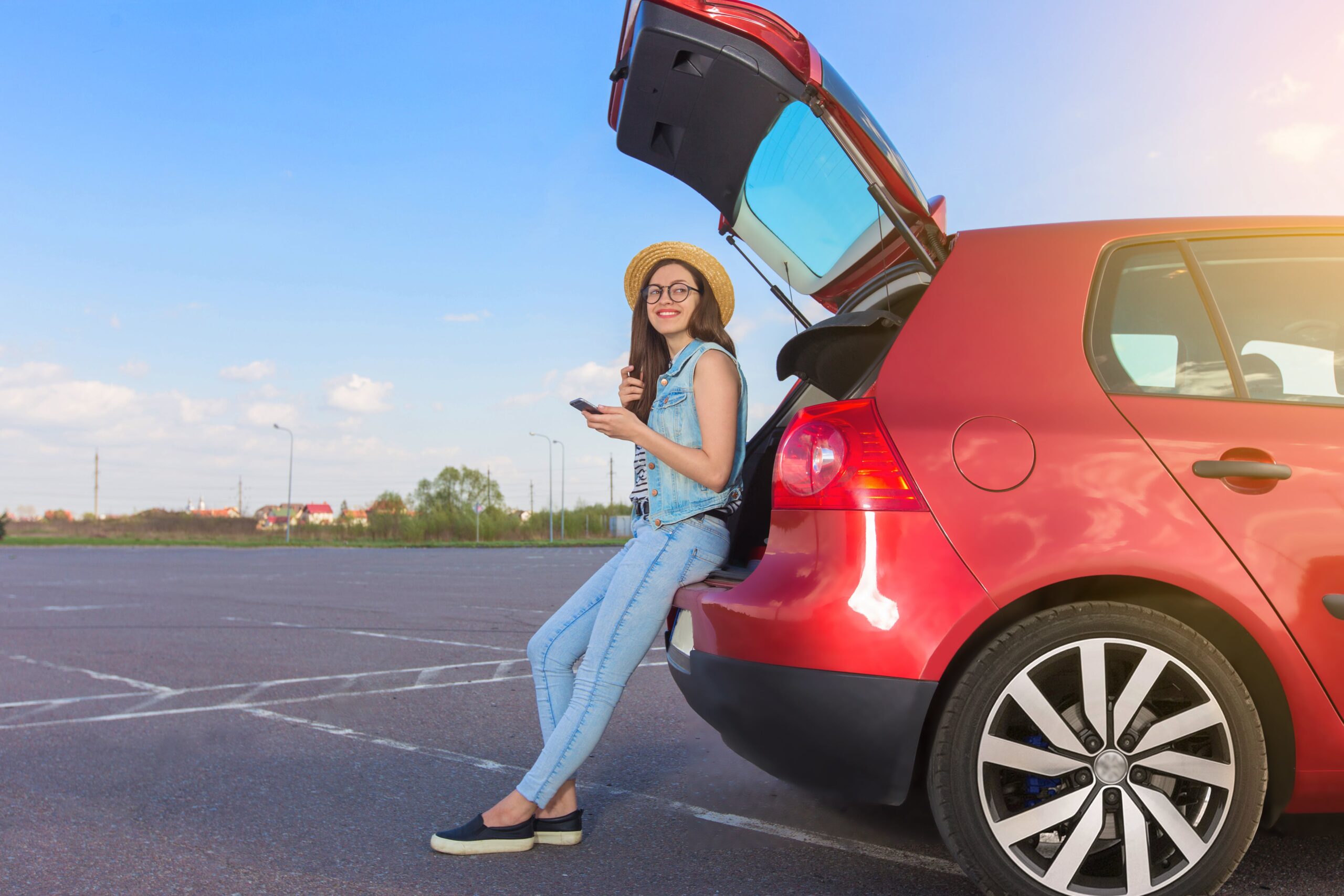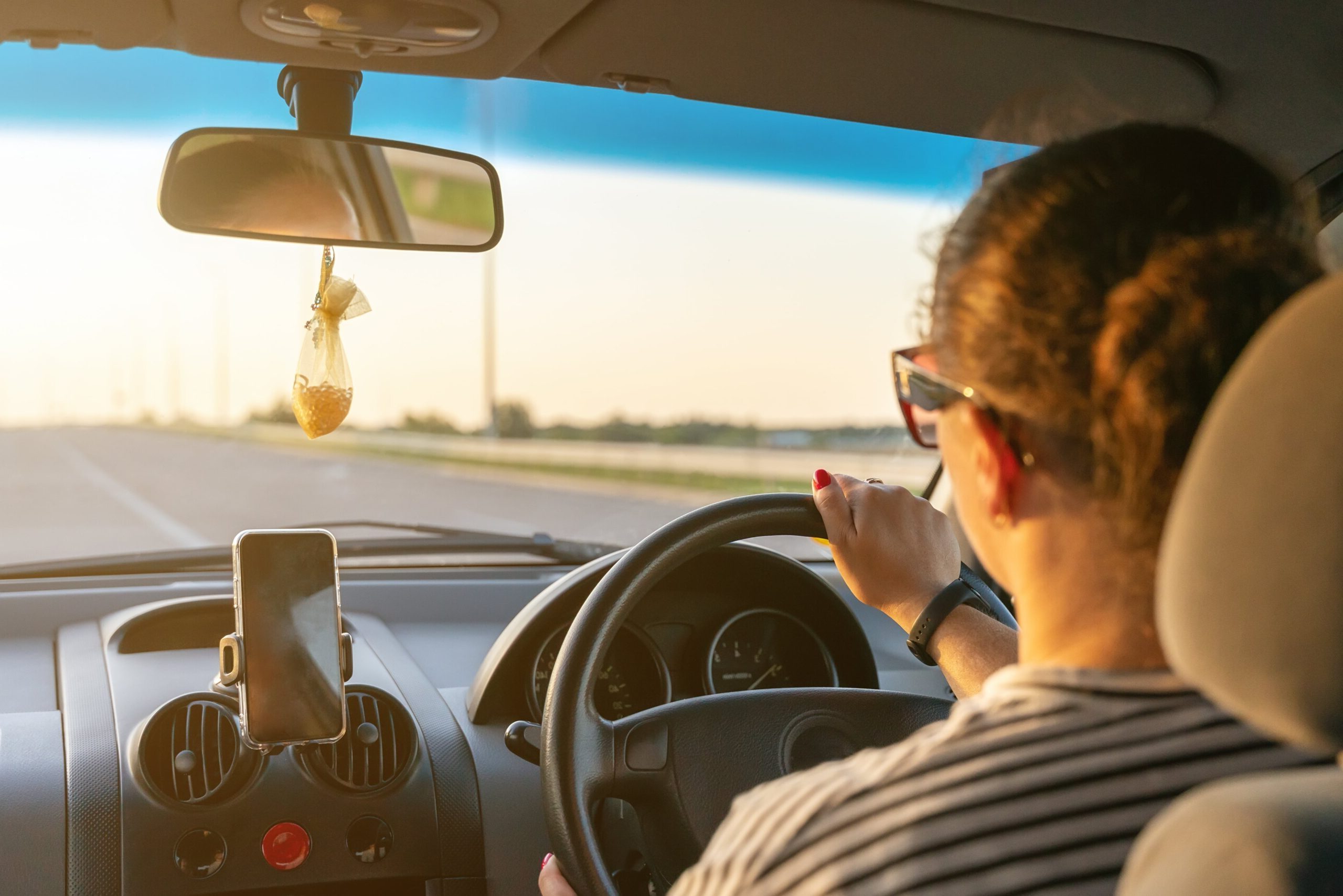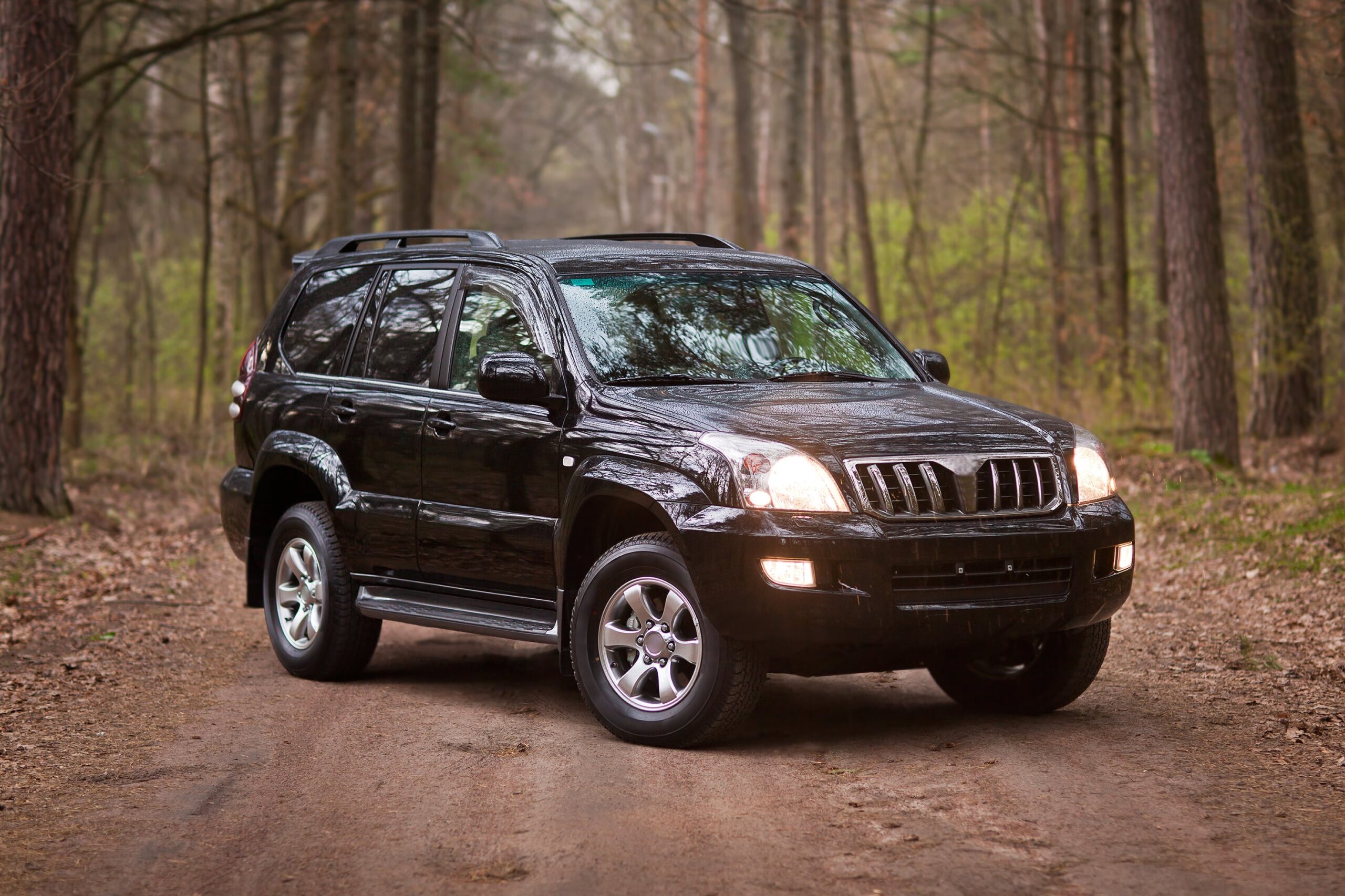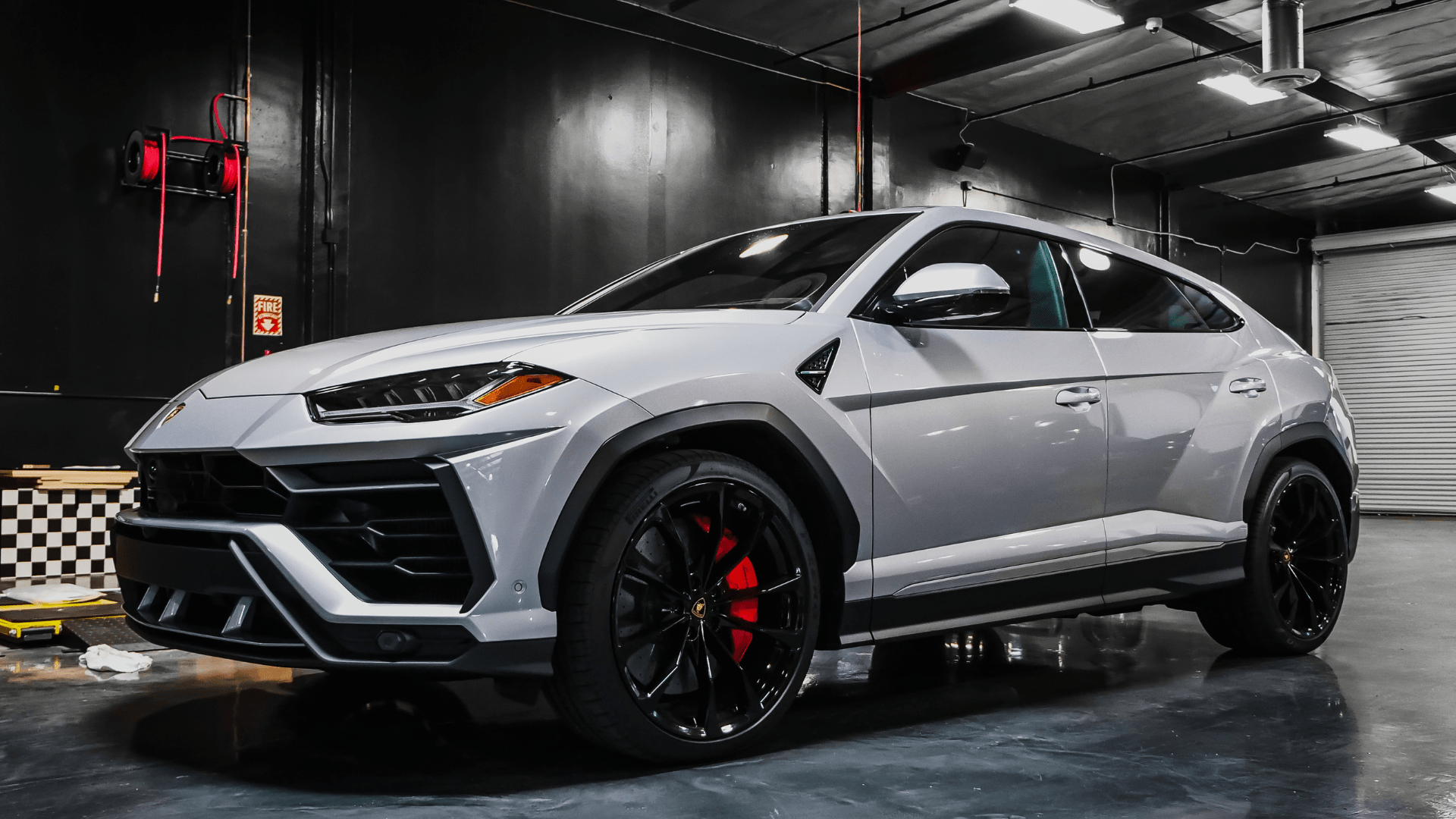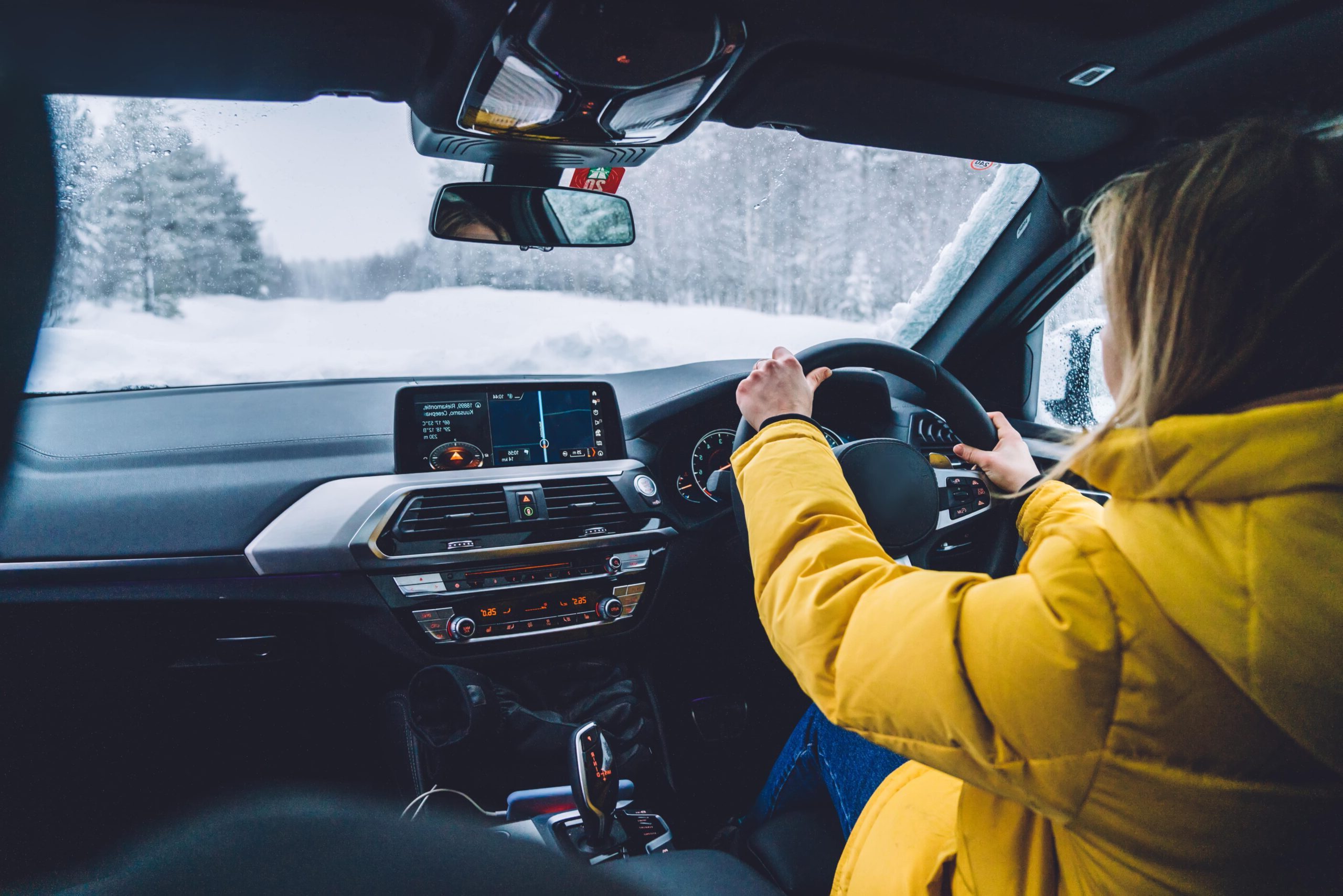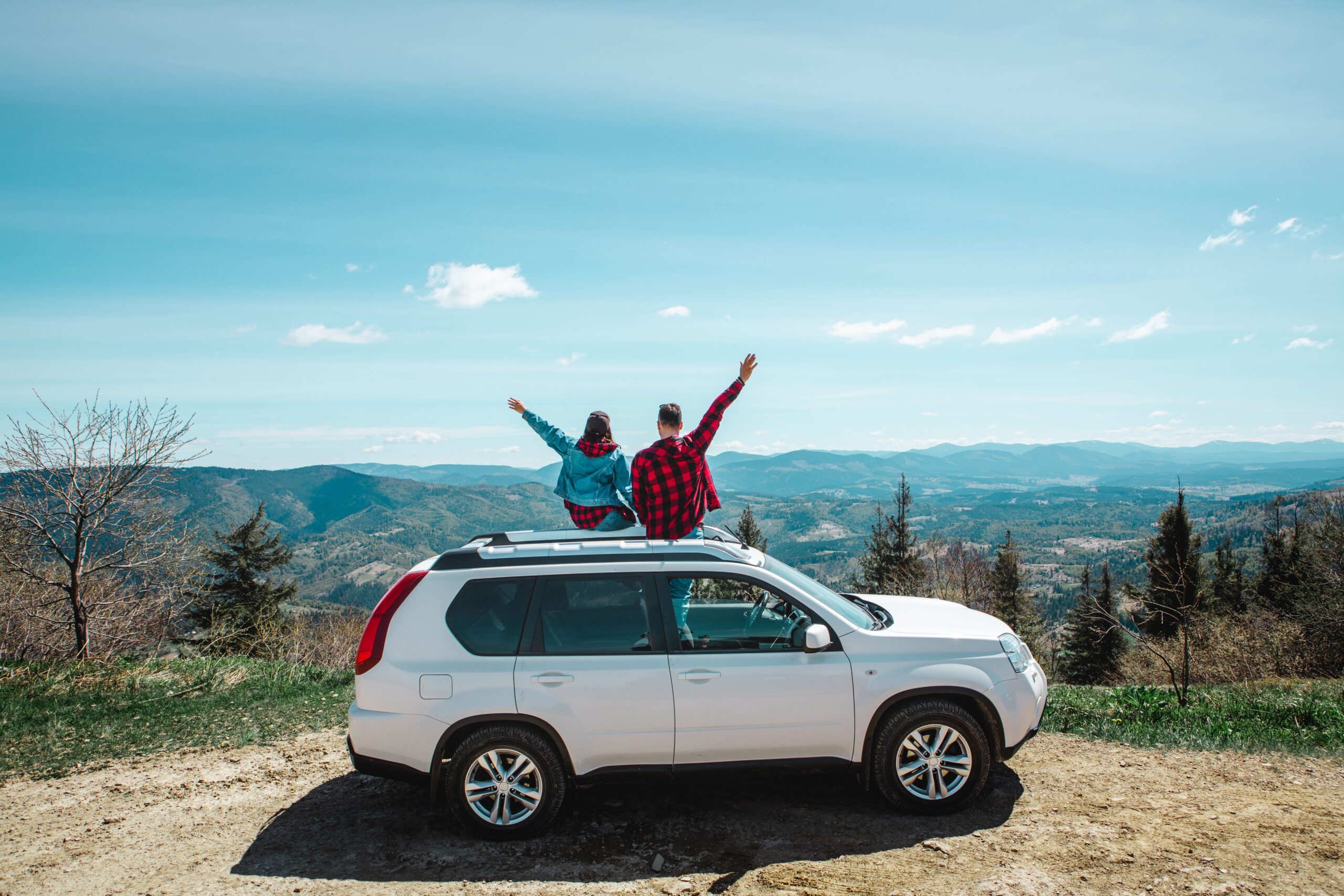
What is a Cat D Car?
If you’re in the market for buying or selling a used car, understanding car categories can be helpful. One such category is Cat D, or Category D, cars. These are vehicles that have been previously classified as “damaged” but have since been repaired and made roadworthy again.
In this article, we’ll dive into the details of Cat D cars and provide you with all the information you need to know about this category.
What is a Cat D Car?
A Cat D (also referred to as ‘Category D’, or more recently as ‘Category N’) car is one that has sustained damage in the past, which insurance companies have deemed not worth the cost of repair. This doesn’t necessarily mean the car is irreparable — the cost of repair simply exceeds the value of the vehicle. However, many of these vehicles are repaired and put back into the market by traders or private sellers.
Under the Cat D classification, the damage usually isn’t structural and might be purely cosmetic or involve easily replaceable parts.
For potential buyers, Cat D cars can represent a bargain, but it’s essential to exercise caution: thorough checks and inspections by qualified mechanics should be conducted prior to purchase to ensure the car is in good working order and safe to drive.
It’s worth noting that Cat D status is an older classification and has since been replaced by Cat N (Non-Structural) in October 2017.
However, vehicles previously categorised as Cat D are still in circulation and remain a point of interest for many used car buyers.
Pros of Buying a Cat D Car
Buying a Category D car comes with several advantages, particularly for those looking for a budget-friendly option or a car with lower cost implications over time.
Here are some of the pros:
- Significantly Cheaper: The most compelling benefit is that Cat D cars are often considerably cheaper than their undamaged counterparts. This makes them an attractive option for buyers on a tight budget.
- Potential for Profit: For those with the skills to fix cars, buying a Cat D car, repairing it, and then selling it can lead to a tidy profit. This is because the initial cost can be quite low.
- Less Depreciation: All cars depreciate over time, but since Cat D cars are bought at a lower cost, the total amount of money lost as the car ages is often less.
- May Be Perfectly Functional: Despite their damaged history, many Cat D cars are perfectly functional and safe to drive. They may have been categorised as Cat D for relatively minor reasons and, once repaired, can serve well as daily drivers.
These advantages make Cat D cars an option worth considering, particularly for savvy buyers or those looking for a more affordable entry into vehicle ownership.
Cons of Buying a Cat D Car
Like any other car category, there are also downsides to purchasing a Cat D car.
Here are some cons to keep in mind:
- Higher Insurance Premiums: Insuring a Cat D car may be more expensive compared to other categories, as insurance companies see it as a higher risk due to its past damage.
- Potential for Hidden Problems: While many Cat D cars are perfectly functional, there is still a chance of hidden problems that may arise after purchase. This is why it’s crucial to have the car thoroughly inspected before making a purchase.
- Limited Resale Value: Despite being an option for potential profit, Cat D cars often have limited resale value. This is because many buyers may be wary of purchasing a previously damaged vehicle.
- Potential Safety Risks: Despite being deemed roadworthy, Cat D cars may have sustained significant damage in the past. It’s essential to get a thorough inspection by a qualified mechanic before making a purchase.
- Limited Availability: Since Cat D cars are not as common compared to other categories, finding the specific model or make you’re looking for may be more challenging.
It’s crucial to weigh these disadvantages against the potential benefits of buying a Cat D car before making a decision.
Also Read: What Mileage is Good for a Used Car?
Is a Cat D Car More Expensive to Insure?
Purchasing a Cat D car may be more budget-friendly at the outset, but it’s crucial to consider the long-term financial implications, particularly when it comes to insuring the vehicle.
Generally speaking, insurance premiums for Cat D, or Category N vehicles as they’re now known, tend to be higher than for cars without a damage history. This is primarily because insurers view these cars as posing a greater risk.
The past damage, even if fully repaired, can raise concerns about underlying issues that may not be immediately evident.
Additionally, if the car was involved in an accident, there might be a higher likelihood of it being involved in another, from the insurer’s perspective.
However, the extent to which insurance may be more expensive can vary widely depending on several factors including the car’s make and model, the extent of the previous damage, and the insurance company itself.
It’s advisable to shop around and get multiple quotes to find the best insurance deal possible. Being transparent with insurance providers about the car’s history and presenting any documentation of repairs can sometimes help to mitigate the increase in premiums.
Get The Best Value for Your Cat D Car
Don’t settle for less – enter your registration number and mileage and receive a free, no-obligation valuation!
Who Buys Category D Cars?
Category D cars often attract a diverse group of buyers, each with their own reasons for considering such a vehicle. The primary audience includes budget-conscious individuals looking for affordable transportation, car enthusiasts skilled in vehicle repairs who see an opportunity for profit, and buyers interested in a specific make or model that may otherwise be out of their price range.
These vehicles can be particularly appealing to DIY mechanics or hobbyists who have the know-how to fix damages without incurring significant costs.
Additionally, smaller dealerships may also purchase Cat D cars to sell at a lower price point, offering more affordable options to customers who may not be able to afford an undamaged vehicle.
Overall, the market for Category D cars continues to thrive as long as there are buyers looking for a good deal. However, it’s crucial to do thorough research and be aware of the potential risks before making such a purchase.
Related: How to Remove Cat N From Car? Is That Even Possible?
Is It Worth Buying a Cat D Car?
Deciding whether to buy a Cat D car depends on a few factors.
If you’re on a tight budget and find a Cat D car in good condition, it might be a worthy investment. These cars are cheaper, which means you could save some money upfront.
Plus, if you’re skilled in car repairs or know someone who is, you could potentially fix any issues at a lower cost and end up with a reliable vehicle.
However, it’s crucial to keep in mind that Cat D cars come with higher insurance costs, and selling the car later might be challenging due to its history. It’s also important to get the car thoroughly checked to avoid any hidden, costly problems down the line.
In summary, buying a Cat D car can be beneficial if you’re prepared to deal with its potential downsides, but it’s not suitable for everyone.
How to Sell a Cat D Car?
If you do decide to sell your Cat D car, it’s essential to be transparent about its history. This means providing any necessary documentation of repairs and being honest with potential buyers about the damage it once had.
Additionally, keep in mind that the resale value may not be as high as other categories, so don’t expect a significant profit. However, there is still a market for Cat D cars, and you may be able to find a buyer who is willing to purchase it at a reasonable price.
At Exchange My Car, we simplify the process for you. We recognise the value in all vehicles.
By simply entering your registration number and mileage on our website, you can receive a free car valuation within just 30 seconds.
This straightforward approach removes the stress and uncertainty often associated with selling a Cat D car, enabling you to move forward with confidence.
